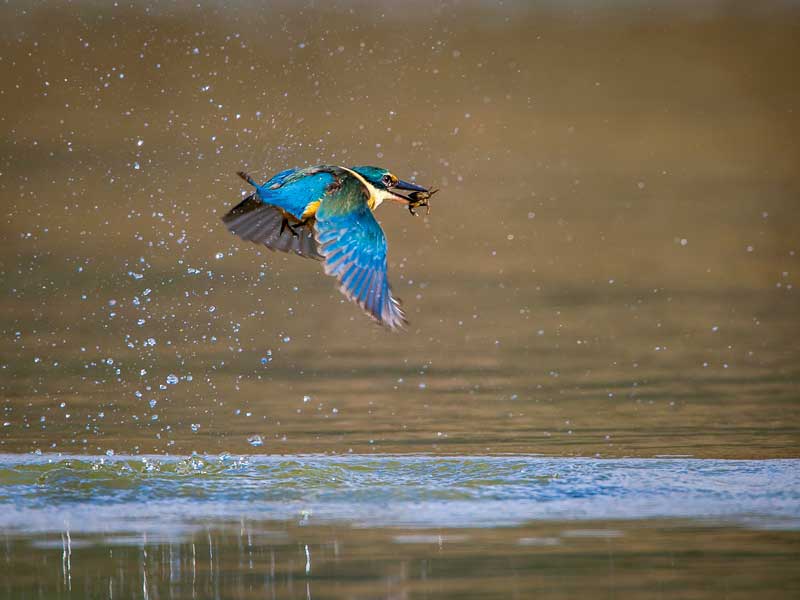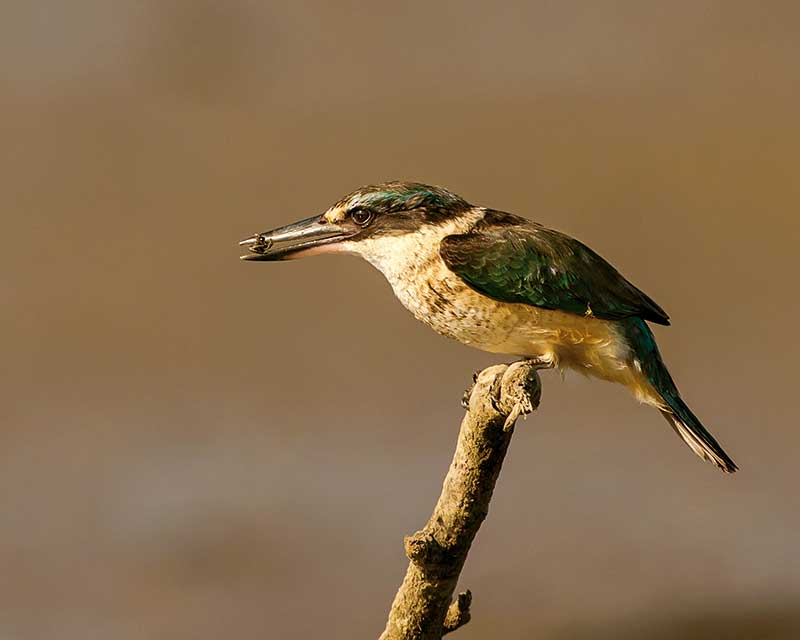Before the Waikanae River slides into the Tasman Sea on the Kapiti Coast, it spreads into a wide estuary that is a haven for waders and water birds. Over the years, 63 species have been sighted and few people know more about them than local man, Mik Peryer.
When Mik first came to live in Waikanae he was astonished to find how rich the bird life was. He’d always had an interest in nature; here was a place that gripped his attention, and eventually began to rule his life.
“The estuary is a scientific reserve,” he says. “One of the jewels of the Kapiti Coast and the Wild Bird Capital of New Zealand.”
But it’s not only the birds that are the attraction; the estuary itself is a beautiful, ever changing part of this fascinating coastline.
Fifteen years ago Mik began taking tours out along the estuary to the spit.
“I never quite know what we’re going to find,” he said. “After all, the birds are wild. But the particular thing about this place is that it’s is a semi-urban environment and the birds that are permanent residents are used to humans – traffic, kids playing, people picnicking. They are less shy and easily approached.
The tour lasts from one to two hours – just a stroll along the riverbank and sandspit spotting the residents and listening to Mik’s stories of the avian life he observes every day. These observations now fill two books, a weekly slot on Coast Access Radio, and a monthly talk on Beach FM. Last year he won a Mayoral Award for his contribution to the area’s conservation.
Mik’s detailed sketches give fascinating insights into the daily activities of his feathered friends. And there are other more dramatic stories. One year an emperor penguin pitched up far from its frozen home. Another time a thousand or so broad-billed prions arrived, blown off course in a gale, and in need of rescue.
People on the tour are more likely to see the comings and goings of more regular residents - Caspian terns, royal spoonbills, shags, dabchicks, scaup, herons and shovelers, to name but a few.
For RVers there is an added bonus in the 24-hour CSC parking area at the Waikanae River Mouth at the end of Tutere Street. Park up there and who knows what the natural world might conjure up for you in the night.
Jill Malcolm is a former editor of Motorhomes Caravans & Destinations and author of the Great Kiwi Motorhome Guide.

The road to Milford Sound
Explore the awe-inspiring journey to Milford Sound through Fiordland National Park – from scenic DOC campsites and iconic hikes to wildlife cruises and luxury stays






